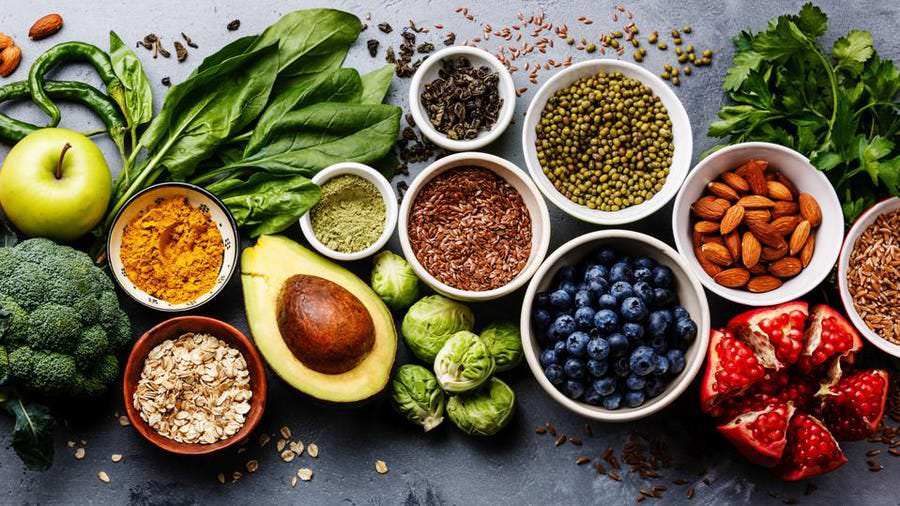“Your diet is a bank account. Good food choices are good investments.”
– Bethenny Frankel, Businesswoman
Advance’s community health educators know a lot about preparing and eating healthy food. Participants in their community-based classes agree. One recent graduate of Advance’s Salud con Sabor Latino class, a four-week training that empowers adults to improve their health by increasing their nutrition and physical activity knowledge and encouraging healthy behavior changes, talked about her experience in the class:
“Advance’s community health educators explained everything very well. I loved what was taught and it is really important to know.”
To celebrate good eating this March for National Nutrition Month, here are three quick tips for improving your diet.
Tip 1: Increase your fiber
Research shows that eating more fiber, helps us feel full longer and improves our digestive health.
Fiber also plays an essential role in regulating blood sugar and lowering cholesterol. Choosing whole grain or whole wheat carbohydrates also helps you increase your fiber intake.
A few good sources of fiber are listed below, but you can find a complete list on the USDA’s website for Food Sources of Dietary Fiber.

- High Fiber, unsweetened cereal
- Popcorn
- Beans
- Pumpkin
- Sweet potatoes
- Broccoli
- Avocado
- Raspberries
- Blueberries
- Coconut
Tip 2: Eat a variety of colors on your plate
Sometimes it can feel like a lot of work to prepare veggies. For a quick change that goes a long way, try adding veggies to your eggs, fruit in yogurt, or fruit and veggies on top of a salad.
Tip 3: Limit added sugars
Added sugars may cause weight gain and increase your risks of certain diseases, like type 2 diabetes and heart disease. Many foods contain natural sugars, like fruit and milk, but several foods and drinks have added sugars. Sometimes the varying names of those sugars may make it difficult to know when they are added. Sugary drinks, breakfast cereals and bars, and desserts are common sources of added sugars. Here are some other names of added sugars to watch out for when looking at nutrition labels:

- cane juice
- corn syrup
- dextrose
- fructose
- honey
- maple syrup
A few ways to limit added sugar intake:
- Add fruit to your water, cereal, or yogurt for sweetness and flavor
- Snack on fruits and vegetables instead of sugary snacks and drinks
- Read nutrition labels
- Choose unsweetened coffee drinks
In addition to these tips, it’s important to find a healthy balance that works for you, after all, it’s about how you feel in your body.
“By choosing healthy over skinny you are choosing self-love over self-judgment.”
– Steve Maraboli, Author
Additional Tips and Resources
One way to increase your fiber intake, eat more colorful foods, and limit added sugars is by preparing snacks and meals in advance. This will help you have healthy options to reach for when you are hungry and limited on time. Preparing for meals, also helps you make a list for the grocery store, choose cheaper options, stick to a budget, and buy more healthy foods.
In addition to these tips and Advance’s classes, the Center for Disease Control (CDC) has a few tips for healthy eating. Another resource is the USDA’s My Plate Plan. This tool can help you establish your calorie allowance and the types of foods you should be eating based on personal factors. Learning more about your health and any chronic diseases you may have or be at risk for, the types of foods your body needs, and the importance of exercise are all important steps in eating healthy.
Advance offers classes focusing on nutrition in specific populations and chronic disease prevention and management. If you want to learn more, sign up for a class, or tell a friend about Advance’s classes, please visit Advance’s website: https://advancecommunity.org/program/health-education/
For more tips, or to learn more about Advance’s community health programs, please reach out to Advance’s Chief Program Officer, Maria Valenzuela: [email protected]
